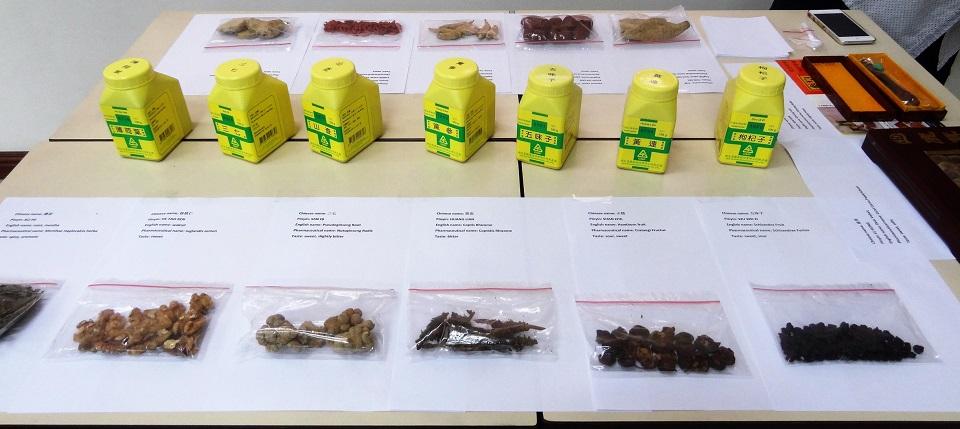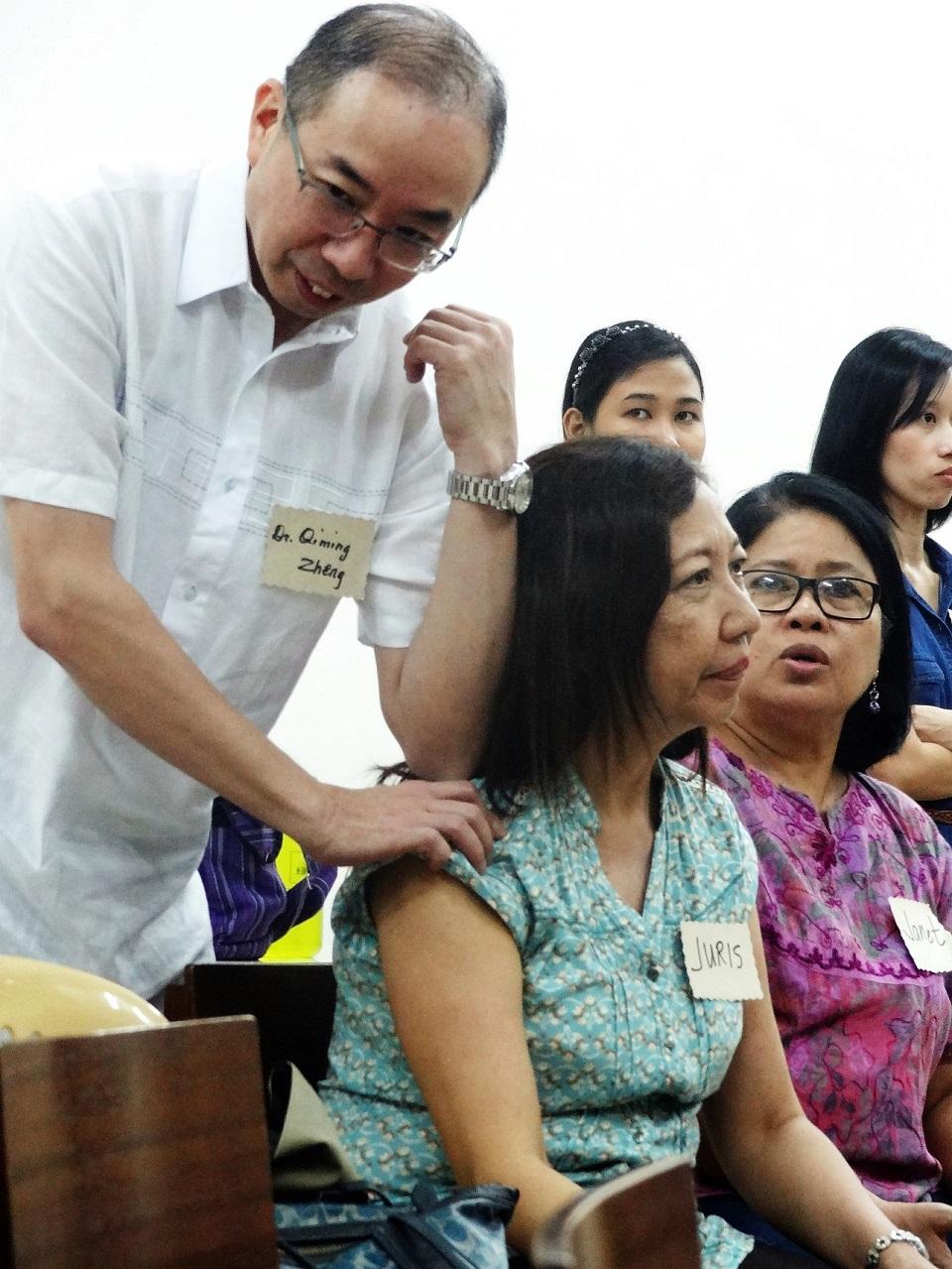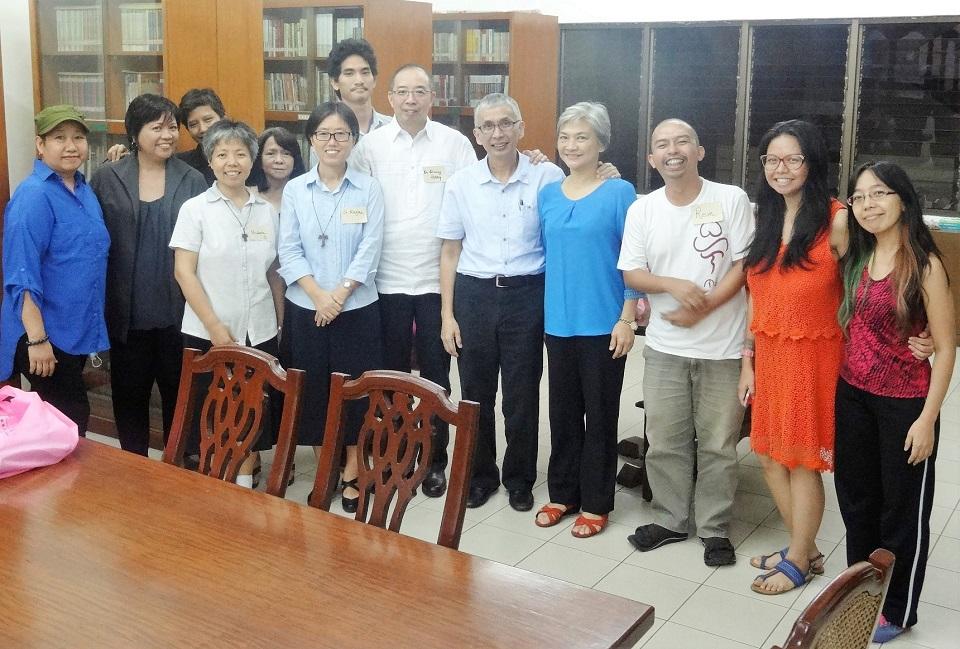School of traditional Chinese medicine opens in Quezon City

Traditional Chinese Medicine (TCM) has been around for more than two thousand years, but is still widely used in modern times.
In 1967, Vietnam President Ho Chi Minh sought the help of Chinese Premier Zhou Enlai, who in turn convinced Communist Party Chairman Mao Zedong to help develop medicine for Ho Chi Minh’s soldiers, many of whom were falling ill from a kind of malaria that was resistant to chloroquine. Scientists from all over the world had screened over 240,000 compounds, but they were not able to make progress.
Mao created a secret drug discovery project, Project 523, to fight the disease. In 1969, as part of the project, a 39-year-old pharmaceutical chemist and educator named Tu Youyou had the idea of screening Chinese herbs and gathering information from TCM practitioners all over China, collecting ancient recipes, texts and folk remedies for her research.
Tu’s team discovered from a 1,600-year-old text that the qinghao extract (Artemisia annua, sweet wormwood) conveyed much promise. However, the manner of extraction during their initial stage of experimentation did not produce the desired result. Tu went back to another TCM source from the year 340 and tried to extract the compound using low-temperature water. She tested the drug and even volunteered to be the first human subject.
In 1972, she and her team obtained the pure substance and named it qinghaosu or artemisinin, which has “saved millions of lives, especially in the developing world.” For her work, Tu Youyou was awarded the Nobel Prize in Medicine in 2015.
Where does one go to learn TCM?

TCM is the integration of acupuncture, tuina (massage), nutrition, Chinese herbology (what Tu’s work was largely about), and qigong (including tai chi). As a healing system, it has a long recorded history, from the time of the Yellow Emperor’s Inner Canon (1st Century BC) through The Treatise on Cold Damage Disorders and Miscellaneous Illnesses (196-220 CE), the AB Canon of Acupuncture and Moxibustion (256-282 CE), and the Canon of the Pulse, among many other texts. What Tu Youyou had done—collecting ancient texts and folk recipes as well as interviewing TCM practitioners in China—was very thorough, although time-consuming and expensive, to say the least.
For the rest of us who are interested in learning TCM to heal ourselves and our loved ones,there is the SMIC Institute of Traditional Chinese Medicine in Quezon City, the “first Chinese Medicine school of global standards” in the country.
Dr. Edilberto M. Concepcion, M.D., L.Ac.—or Doc Eddie to his friends and patients—is working with the Missionary Sisters of the Immaculate Conception of the Mother of God (SMIC) and an impressive roster of teaching staff to open for Filipinos a school that will aim to set global benchmarks in Chinese Medicine training. “It is a school that will produce true healers of our people committed to the preferential treatment of the poor and the needy,” said Dr. Concepcion, a TCM practitioner for 30 years.

One can enroll at the SMIC Institute of TCM to become a Certified TCM Practitioner (9 trimesters) or a Certified Acupuncturist (3 trimesters). These programs are registered with PITAHC (Philippine Institute of Traditional and Alternative Health Care) and will be taught by certified and credentialed teachers with masteral and doctoral certificates from USA, China and the Philippines. The 9-trimester TCM course, in particular, offers training that is equivalent to the international standards of a post-graduate degree course. The 3-trimester acupuncture course, on the other hand, will allow its graduates to practice acupuncture in a year and a half.
The risks of learning from unqualified teachers
As a certified acupuncturist, Dr. Concepcion cautions against practicing without adequate training from certified teachers. “If the needle is placed too deeply, as a worst case scenario, death could happen,” he warns. If the needles are placed incorrectly, the patient’s health could be compromised. There has been one reported case of pericardial tamponade, in which the pericardium (the membrane enclosing the heart) was punctured through the sternum, leading to squeezing of the heart and lung collapse. Those who receive treatment must be careful with their choice of TCM practitioner. To be safe, make sure the healers learned from reputable teachers or institutions. — BM, GMA News
For more information about the SMIC Institute of TCM, email smictcmmanila@gmail.com.




